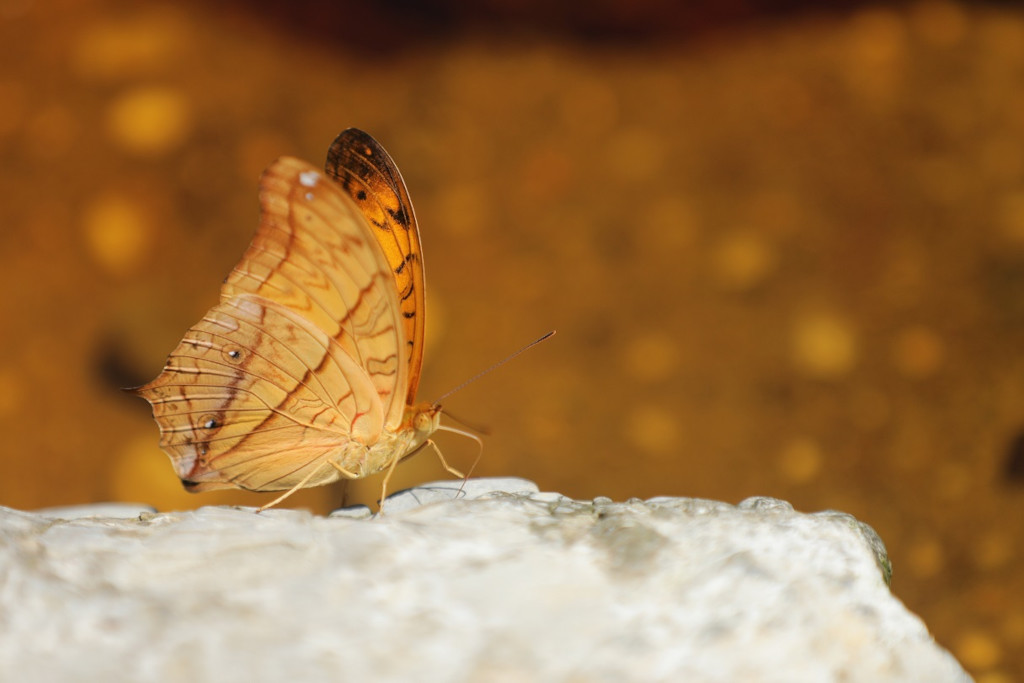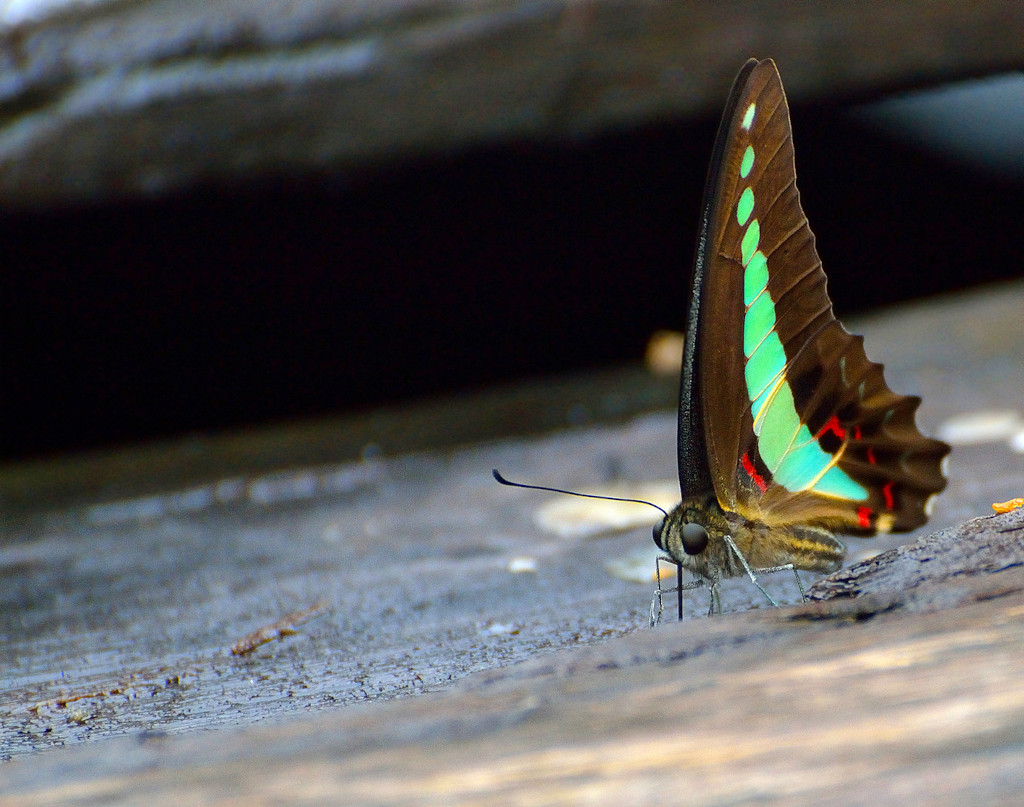November 19, 2024
Butterflies and moths are fascinating creatures. They have a lot in common too, from the way they look and behave to the food they eat and the extraordinary metamorphosis they both pass through. And yet, for every rule that attempts to neatly categorize these animals, there seems to be an exception.
Efforts to study butterflies and moths are ongoing at Restorasi Ekosistem Riau (RER), revealing the subtle differences between these animals and teaching us more about their world. This is essential to appreciating the full diversity of nature and understanding the unique roles that pollinators play in their ecosystems.
In this article, we’ll reveal some recent findings, explore how butterflies and moths are related, how they are different, and how they fit into a complex and interconnected ecosystem at RER.
Taxonomy of Butterflies and Moths
All moths and butterflies belong to a group known as Lepidoptera. Made up of around 165,000 species, this is one of most diverse insect orders on the planet.

Perhaps surprisingly, only 18,000 of these species are butterflies. The vast majority are moths. Butterflies are often given the suborder Rhopalocera, which includes Papilionoidea (true butterflies), Hesperiidae (skippers), and Hedylidae (butterfly moths).
Butterflies vs Moths: Physical appearance
Moth bodies tend to be short and furry, whereas butterflies have slender, smooth abdomens. Moths also have larger scales on their wings, which makes them look fluffier. This is possibly to help them conserve body heat at night. Butterflies have thin antennae with small clubs at the tip, whereas moth antennae come in all shapes and sizes, and can be comb-like or feathery in appearance, but generally lack that little club on the end.
One of the most common ways to distinguish butterflies from moths is their coloration. Generally, butterfly wings are festooned in bright colors, which they use to advertise their presence to potential mates during the bright sunlight hours. Nocturnal moths, on the other hand, are usually plain brown, grey, white or black. However, there are also exceptions to this rule; some diurnal moths have developed a dazzling array of colors that could rival any butterfly.
Resting posture can also be a helpful indicator of which creature you’re looking at. Moths usually rest with their wings spread out to their sides, whereas butterflies tend to fold their wings up above their backs when resting. Again, there are plenty of exceptions to this rule, but it’s a good place to start if you’re not sure.
Butterflies or Moths: Metamorphosis
Both moths and butterflies undergo a spectacular transformation during their lifetimes, transforming from a juvenile caterpillar into their adult, winged form. But even here there are some differences. For starters, moth caterpillars spin a cocoon made of silk, whereas butterfly caterpillars create a pupa made from a hardened protein, which is called a chrysalis.
Nocturnal or diurnal?
Generally speaking, butterflies are diurnal (meaning they’re active during the day), whereas moths are nocturnal (meaning they’re active at night). This behavior explains many of their physical adaptations, from the color of their wings to the fur on their bodies, and from the size of their eyes to the sensitivity of their ears.
Diet and Ecosystem Role
Both moths and butterflies play a number of vital roles in their ecosystem, both as pollinators of plants and as food for predators. Some caterpillars even produce honeydew and are ‘farmed’ by colonies of ants.
Caterpillars are notoriously veracious eaters. They will munch almost continuously through the leaves and flowers of various plants, building up the stores of fat they need to make the transition into their adult form. Once the adults emerge from their cocoon or chrysalis, they will drink nectar from flowers or the sweet sap of damaged trees.
Some species of moth are capable to flap their wings in high frequency providing them with ability to hover and feed on nectar while flying, similar to humming bird.
In RER, we observe various types of butterflies and moths feeding on the minerals they find in mud puddles, or occasionally alighting on animal dung for a little extra protein. All butterflies and nearly all moth species have special sucking mouthparts that coil up into a little spiral. This characteristic is unique among the order of insects.

Since butterfly and moth involve in pollination people could easily identify their important ecological role in nature. However, regarding the caterpillars that have potential to damage crop and other vegetation, people may rethink the contribution of butterflies/moth to ecosystem. The key is natural balance. Once it is disturbed, the effect could be wide spread, severe and long term. That is way, over exploitation of natural resource including illegal poaching must be stopped.
RER biodiversity
As you can see from this article, butterflies and moths are so varied and so diverse that they defy neat specification or separation into distinct groups. For every rule, there is also an exception. This makes studying them both intriguing and essential to their conservation.
At RER, we’re exploring the many unique characteristics of butterflies and moths to better understand the roles that each of these insects play in their ecosystems. This can help scientists and conservations to understand the interconnectivity of species, while also identifying potential threats to their survival. Ultimately, this can help devise solutions for their protection.